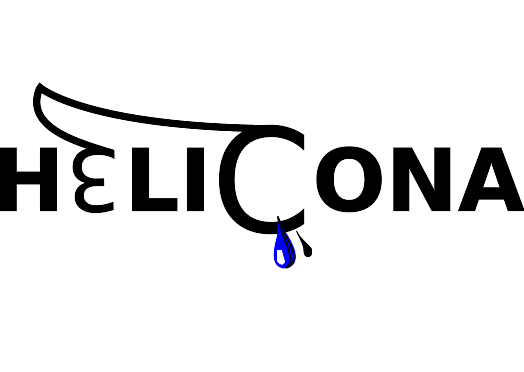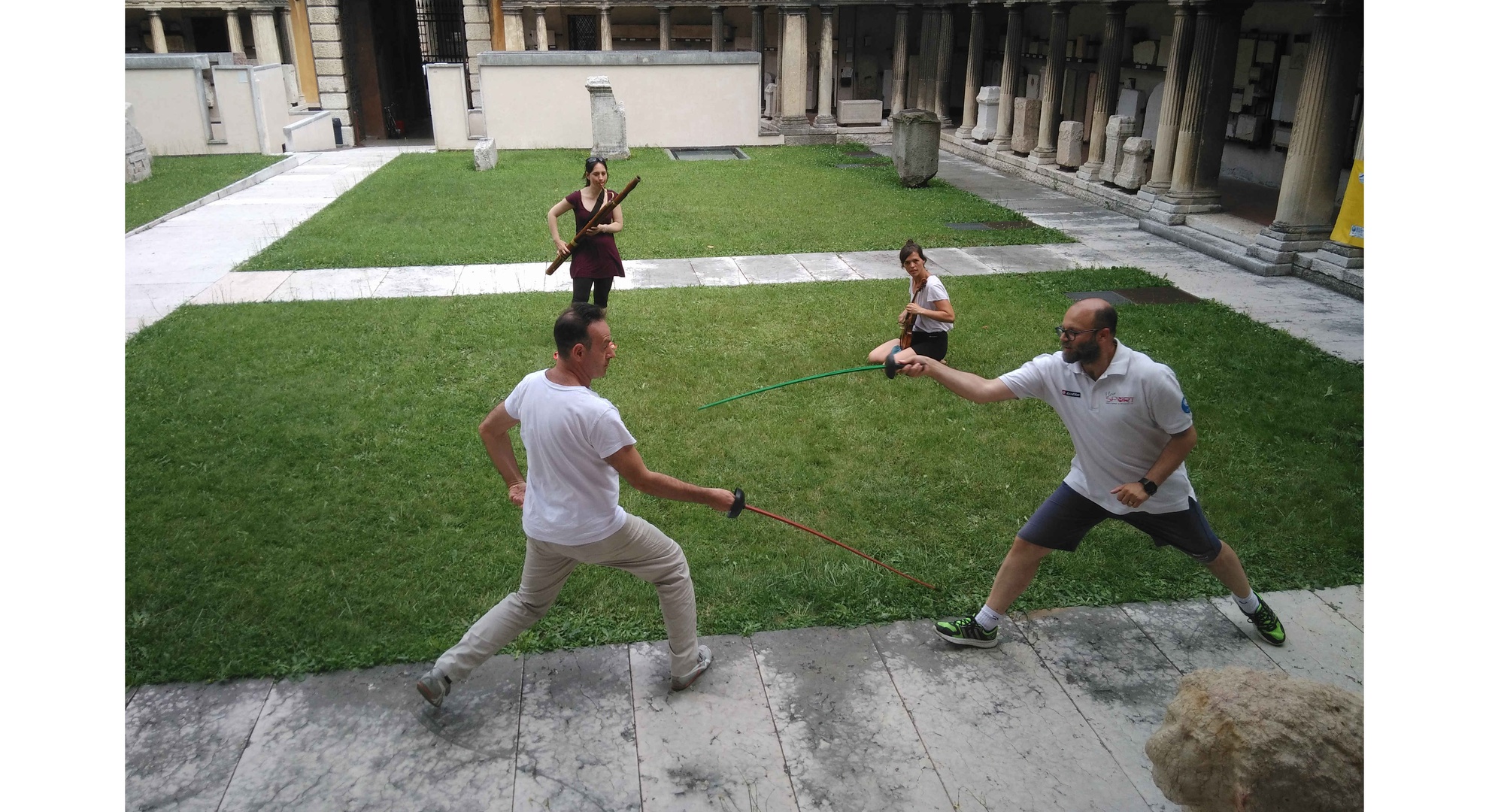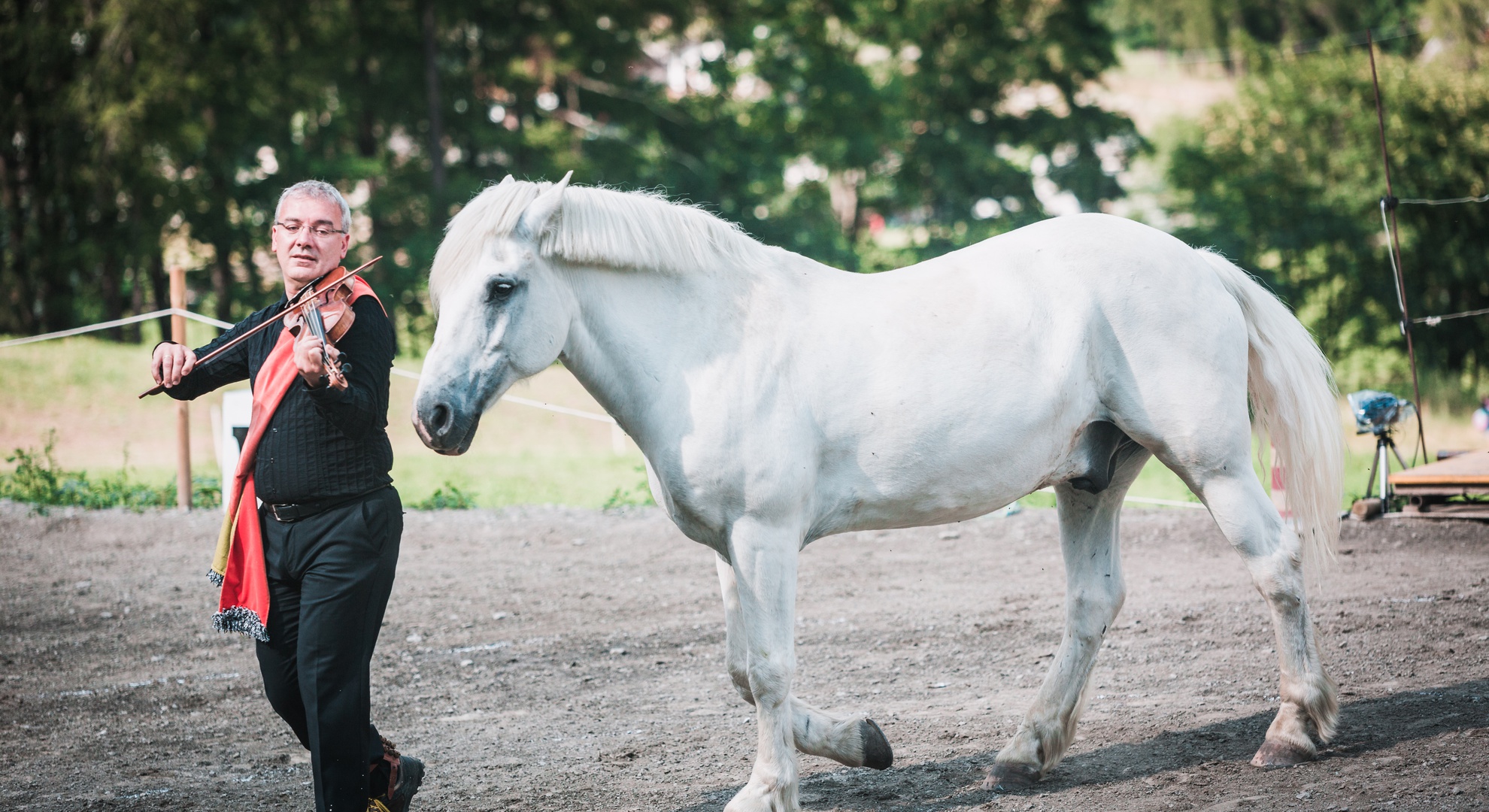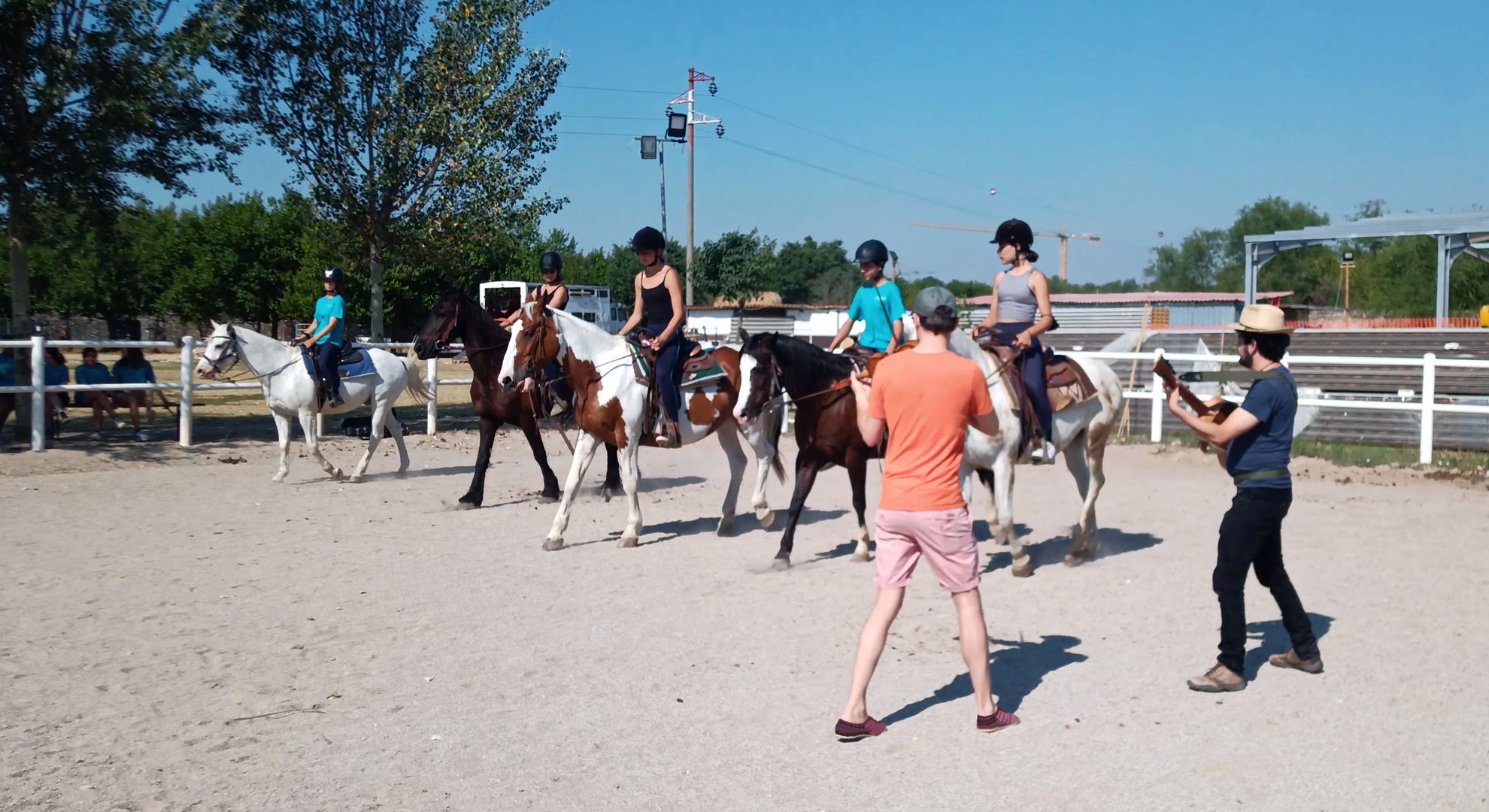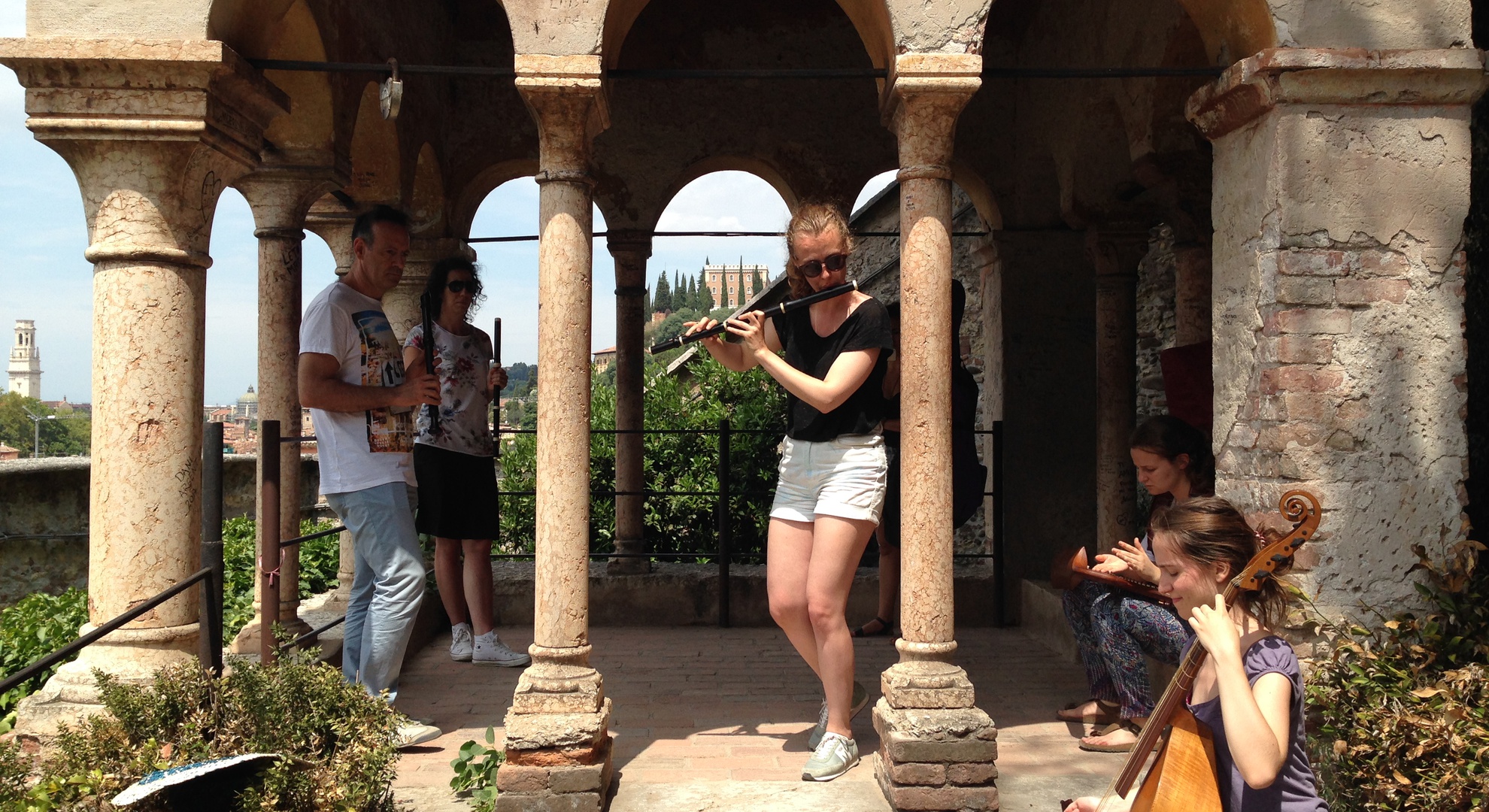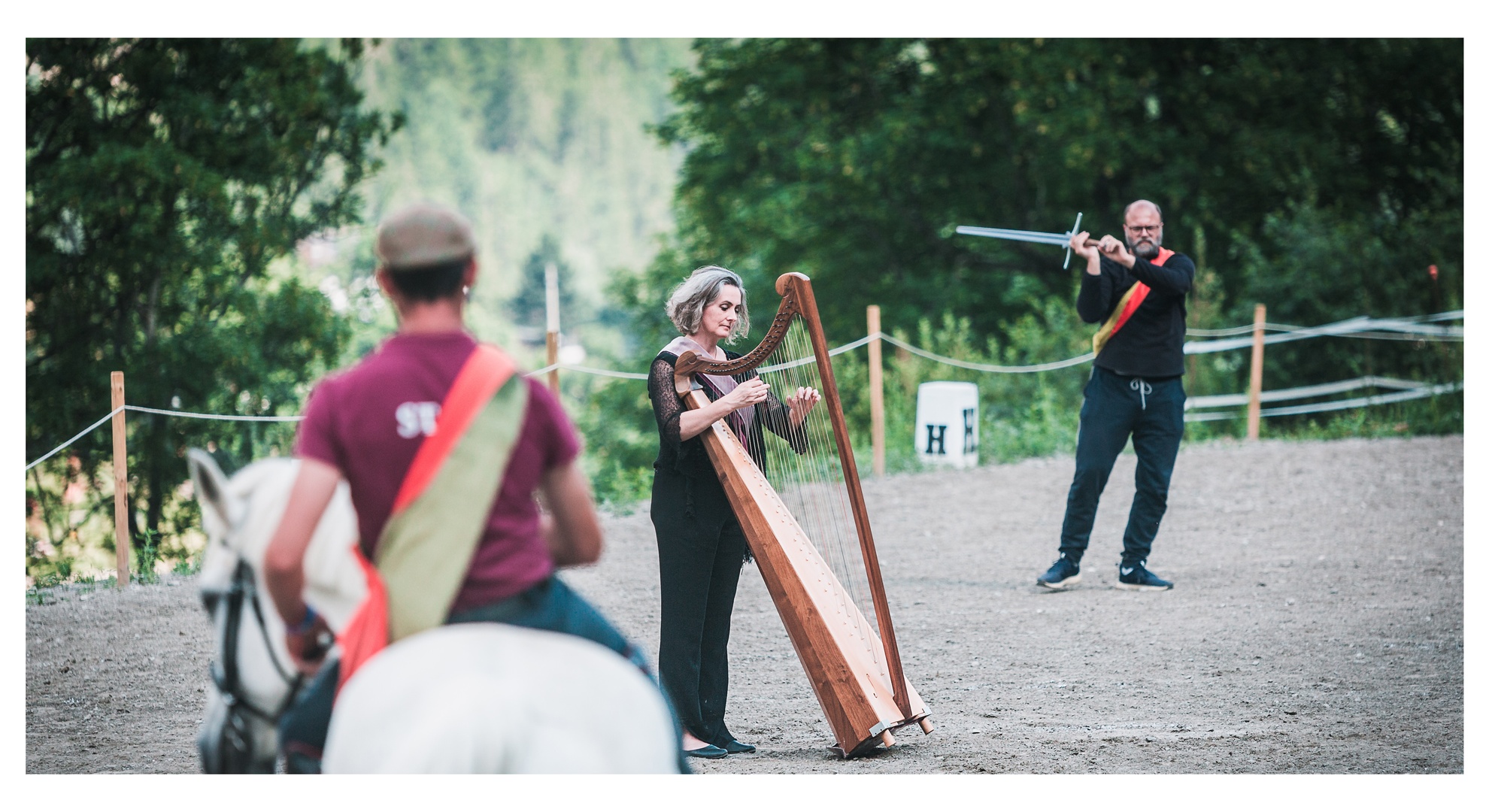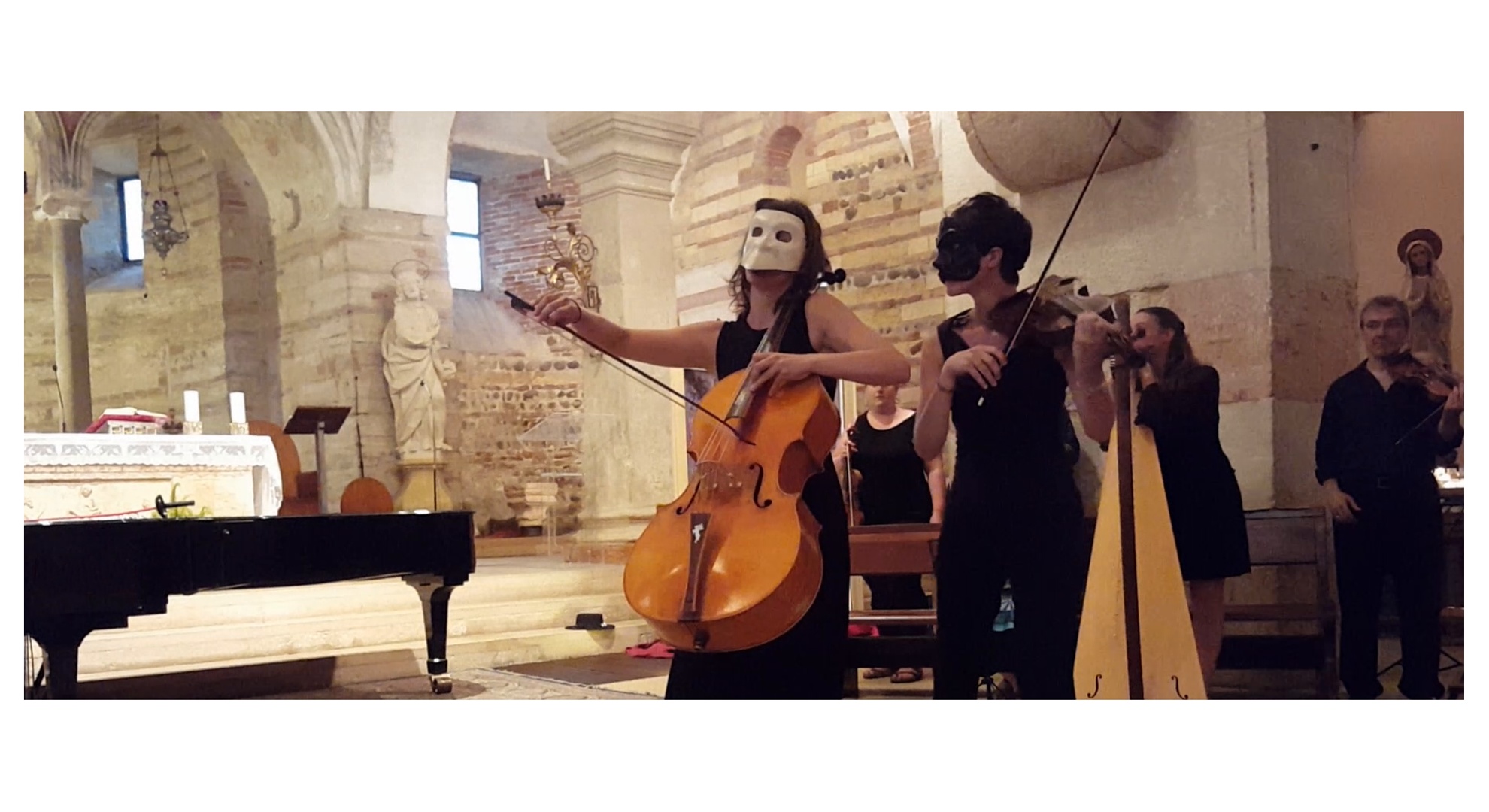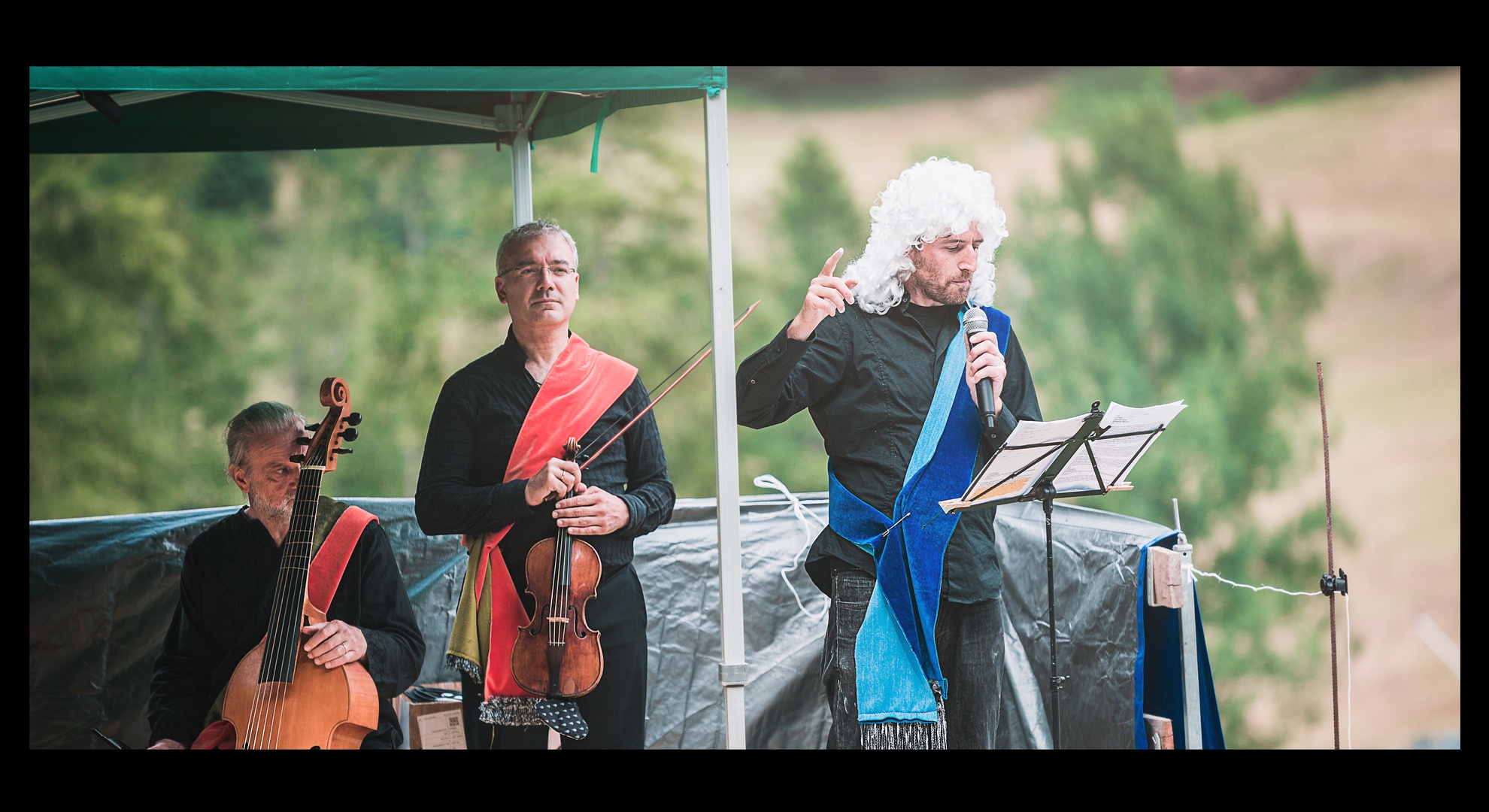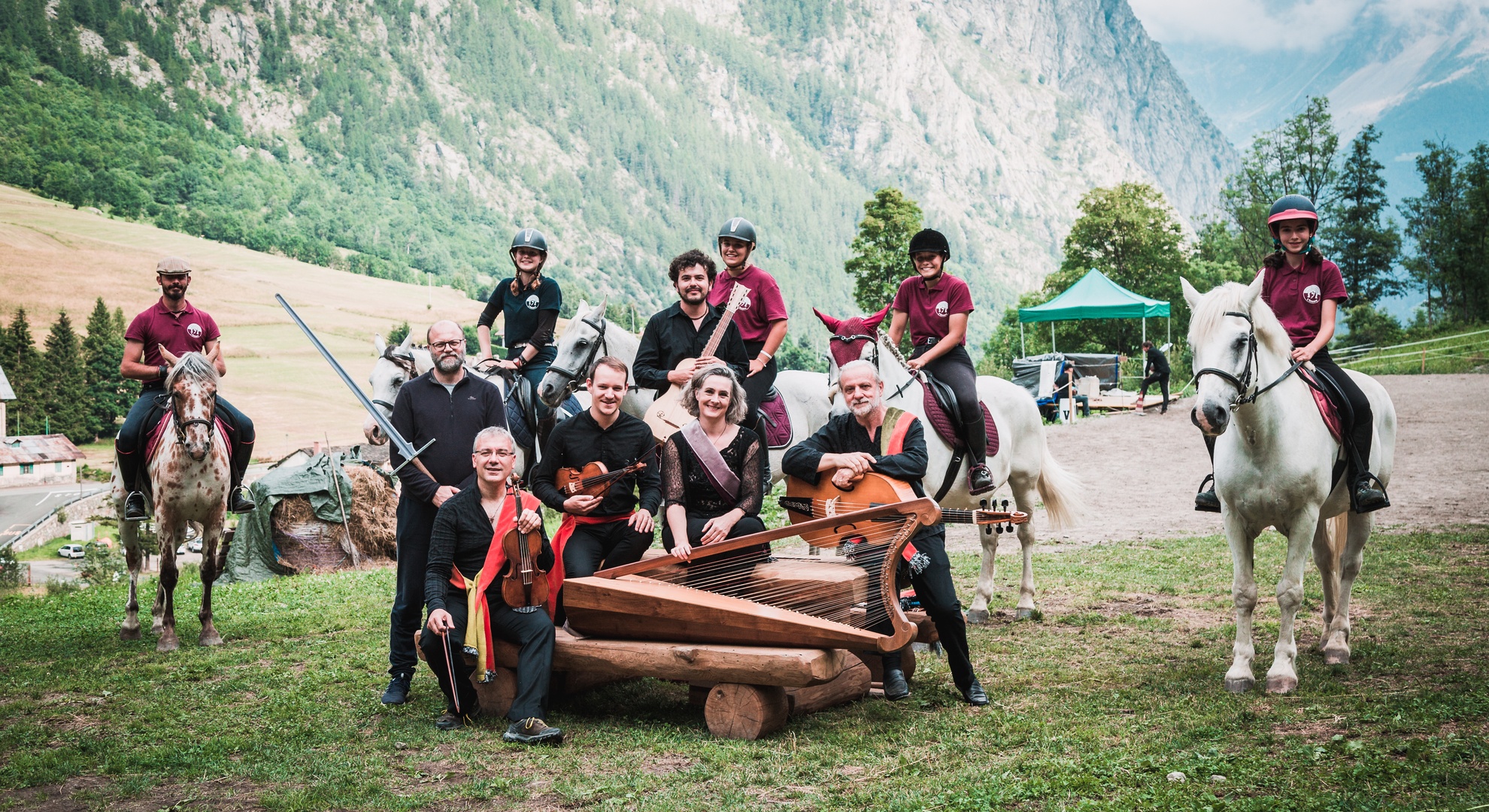What is the International School of Improvisation?
ONE OF THE MOST ADVANCED METHODS FOR LEARNING HISTORICAL IMPROVISATION
- A MULTIDISCIPLINARY HISTORICAL approach (dance-theatre-fencing-dressage-gesture-rhetoric)
- Balanced and Gradual PEDAGOGY (rational-emotional)
- Development of SENSORIAL AREA (action-reaction)
- Development of RELATIONAL AREA (matching-paceing-leading)
- Development of COGNITIVE AREA (mental GPS)
click below for more information on this year
INTERNATIONAL SCHOOL OF IMPROVISATION 2023
"Course aims to develop personal improvisation skills and finding good forms of improvisation. Method is going from personal and emotional experience to the organising form of improvistation. It is using disciplines as Sounding discourses, Horse dressage, Rhetorics, Fencing, Theatre and Dancing to let you experience physically different feelings and situations. Course offers musical activities, lectures, games and performances. These experiences help you to understand more deeply what is behind music a helps to find good and persuasive tools to make your improvisations expressive. Themes are not connected just to improvisations but also to our lives. It uses methods for developing soft skills. Helps musicians to have more deep connection with their body sensations, feelings, with their colleagues and so on.."
The Art of Improvisation
This didactic project ‘the Art of Improvisation’ is intended for singers and instrumentalists with an aim to facilitate an informative and nurturing approach to the subject. The course focuses on three main areas, each equally important: stylistic-historical, structural-communicative and psychological. Each contributes to building an awareness of musical good-taste and communicative intentions while performing. The course will cover both theoretical and practical elements, including exactly where and when to improvise, the various consequences and outcomes of different forms of communication, and the influence of theatre and dance on musical improvisation.
- HISTORICAL - STYLISTIC: The same content can be expressed in different ways. For this reason people in different periods and in varying regions/cultures have developed various solutions (through structure, through the characteristics of a musical phrase, technique, sound) to describe similar scenarios. The first information regarding improvisation is in the form of descriptive remarks, but no traces exist of the actual music played before the advent of written examples of diminutions at the beginning of the 16th century in Italy. The tradition of adding extra notes to madrigals leads to the institution of florid adagios of the late 17th century, (Corelli) and to other improvisational forms (fugues, caprices, fantasies, variations on bassi ostinati). By the 19th century the possibilities of spontaneous invention by the performer became more and more confined: adagios, preludes, cadences, themes and variations became written-out forms, with only a few exceptional performer/composers including virtuosic improvisations in their performances. Jazz, folk, pop and new music are modern examples which contain improvisation. Through this course we will travel through the history of improvisation in an informative and practical way, from the Renaissance to the present, employing written music, Historical Informed Practice (HIP) and cultural attitudes, according to the specific characteristics of the instruments (melodic, harmonic, rhythmical) . Instruments that use a similar kind of language (for example wind and strings) are able to develop their own individual styles.
- STRUCTURAL-COMMUNICATIVE:
- FORM OF THE COMPOSITION: Music has continually searched for better forms to express itself and improvisation sur-le-champ has been a way to experiment with different models and to verify their communicative capacities. Today many written out forms of composition remain, but they were born and developed as experiments. What we have today is only a small percentage of the production of fortunate musicians, who were financially able to print their compositions. We can analyse models of improvisation as variations on a melody, variations on a bass line, improvisation on a rhythmical line, and other “free” structures (prelude, toccata, fantasia, fugue, cadenza etc.), also considering the individual characteristics of different instruments (keyboard instruments: basso continuo, harmonic variations on a bass line, polyphonic counterpoint; for melody instruments: embellishments, flourishes, virtuosic and cantabile variations).
- FORM OF THE LANGUAGE: Each language has its own rules and musical rhetoric consists of codes that are used to express a message. Improvisation is the capacity to compose on the spot and for this reason it is necessary to understand the way in which specific content can be expressed. The rhetoric of theatre and dance can help to find and understand the way to express ourselves in music.
- PSYCHOLOGICAL: One of the biggest problems in improvisation is the Horror Vacui, the fear of filling an empty space. It is important to confront this aspect to enter into the essence of the subject. An important step is to learn to have self-efficacy and confidence in order to make “good taste” choices and to use ones ears properly. An important attention has to be given to the balance between the rational and intuitive comprehension and re-action to the teaching impulses. The act of improvisation is effective within specific rational strategies but with the geniality and freshness of the instinctive creativity made on the spot.
Parallel arts/subjects
In addition, the course will include experimentation, analysis and discussion on other activities that will be able to help to understand the process of effective communication.
- RHETORIC: This is the grammar of language expression. In the 16th - 18th centuries it was codified in music to become the clear (even if sometimes contradictory) structure for music expression. Classical rhetoric was part of the normal curriculum of studies for many centuries, and it is still important today, hidden behind the modern term “communication strategies”. The historical analysis of musical rhetoric aids in the comprehension of the extent compositions as well in the process of improvisatory composition.
- COMMEDIA DELL'ARTE: The experience in acting gives musicians the possibility to learn the connection between the content of communication and the physical implications. Acting is a explicit way to apply the rules of rhetoric and understand their efficiency, within the relationship with other performers as well as with the public.
- ICONOLOGY and GESTURE: The communicative strategy of the Baroque had “educational” connotations: the elements of expression are clear making communication effective and worthwhile without any supplementary explanations. The analysis of these elements helps musicians to understand the basic system of communication and assists with organisational strategies.
- DANCING: The physical implications of dance facilitate musicians to connect real space with the virtual structure in the mind. It also teaches physical co-ordination within ourselves and in a group. Dancing also helps in a genuine feeling for the timing and “swing” necessary in steps and movements (and hence in playing on an instrument).
- DRESSAGE: The relationship between a person and a horse forces us to use clear communication codes, and this process helps to develop the individuals' skills in communication. Synchronising with the movements of the horse helps to be always aware to what happens around us, to recognise the rythmical pass and transform it into art.
- FENCING: Every musician in the 16th-18th centuries was also able to fence, and duels were everyday occurrences. This influences both the physical and mental re-actions of musicians: each movement has to be trained to be effective, in a superb act, extremely balanced between instinct and planning.
- CANTARE A LIBRO: Singing is a very direct way to perform music; the strict connection with the breath, and the freedom from any technical implication of an instrument allows a person to find a more natural way to make music. The renaissance way to perform choral music is a very easy way to understand natural rules of composing and group musicking.
